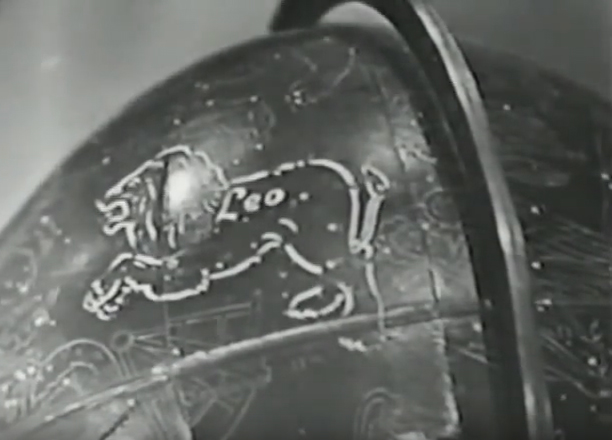
Lumea ca o colecţie de lucruri printre care şi oameni. Am căutat un echivalent în limba română la perechea THING (lucru) – THINK (gândire), din engleză, observată de Alan Watts, şi nu mi-a trebuit mult până să-mi apară aceasta: MINTE – A MINŢI. Mintea gândeşte separând, diferenţiind, iar păcăleala („minciuna”) rezultă din identificarea lumii gândite, abstractizate, cu lumea reală.
Îl mai puteţi asculta (şi vedea, datorită contrastului) pe Alan Watts vorbind despre noţiunea sanscrită Māyā din a cărei rădăcină MA provin denumirile „materie”, „mamă” şi „matrice”. Iluzoriul a ceea ce poate fi măsurat după mintea omenească, limitările multiplelor forme aparente.
Pictura, în esenţa ei, este printre altele arta unei priviri de ansamblu care nu diferenţiază calitativ lucrurile de fundalul pe care acestea se profilează.
„…Every man thinks of this world as a collection of objects […] and each person considers himself as a thing. […] For, you see, how many things we are depends upon the point of view which one takes. […] And according to the way which we look, so we divide the things of the world. […] Because by breaking down our world into things is the way in which we think about it. We break down the material world into objects and assign to those objects the kind of words we describe as nouns. And then the world of action we break into „events”. And assign to events the kind of word we call verbs. But things and events are fundamentally the ways of breaking up our complex world so that we can think about it.”
(some of the introductory phrases from the above Alan WATTS, „Things and Thinks” video lecture)
Similar to the english pair of words THING – THINK I found the Romanian pair MINTE (mind) – A MINŢI (to lie).
Related to the illusion of the world as a collection of things, Alan Watts discusses about the Sanskrit word Māyā.
And about the required contrast between the things in order that our mind perceives them. Which brings me back to Painting, the visual art where objects and backgrounds are equally estimated. An artist painter regards the connections and the ensemble.

Leave A Comment